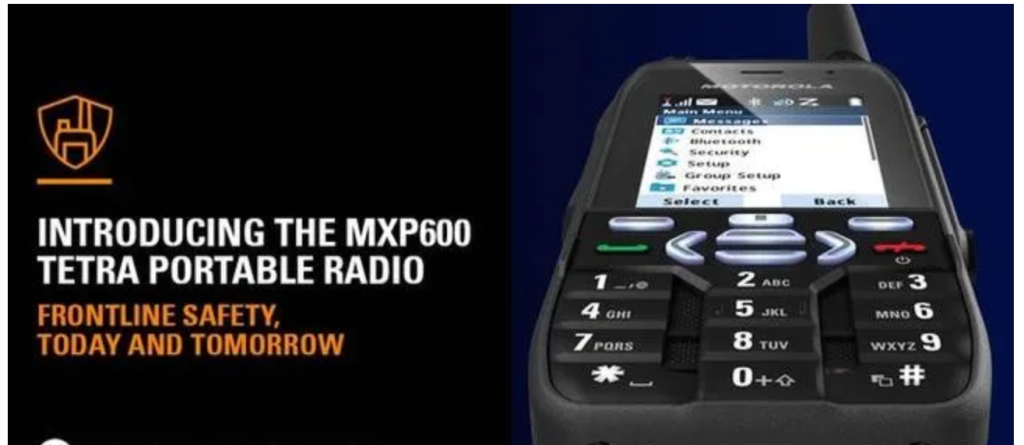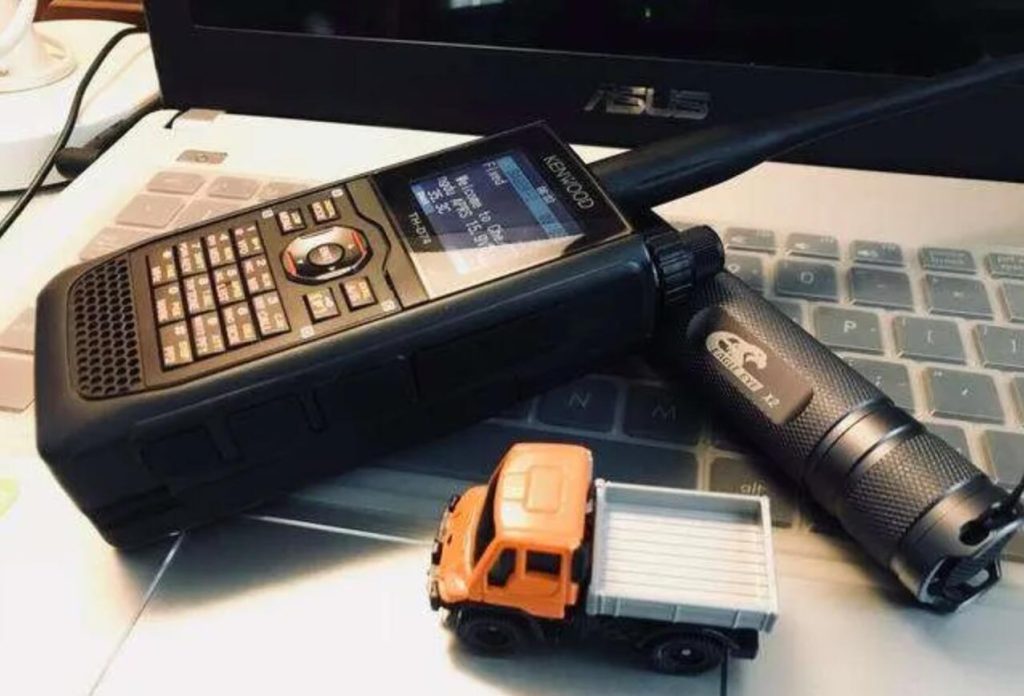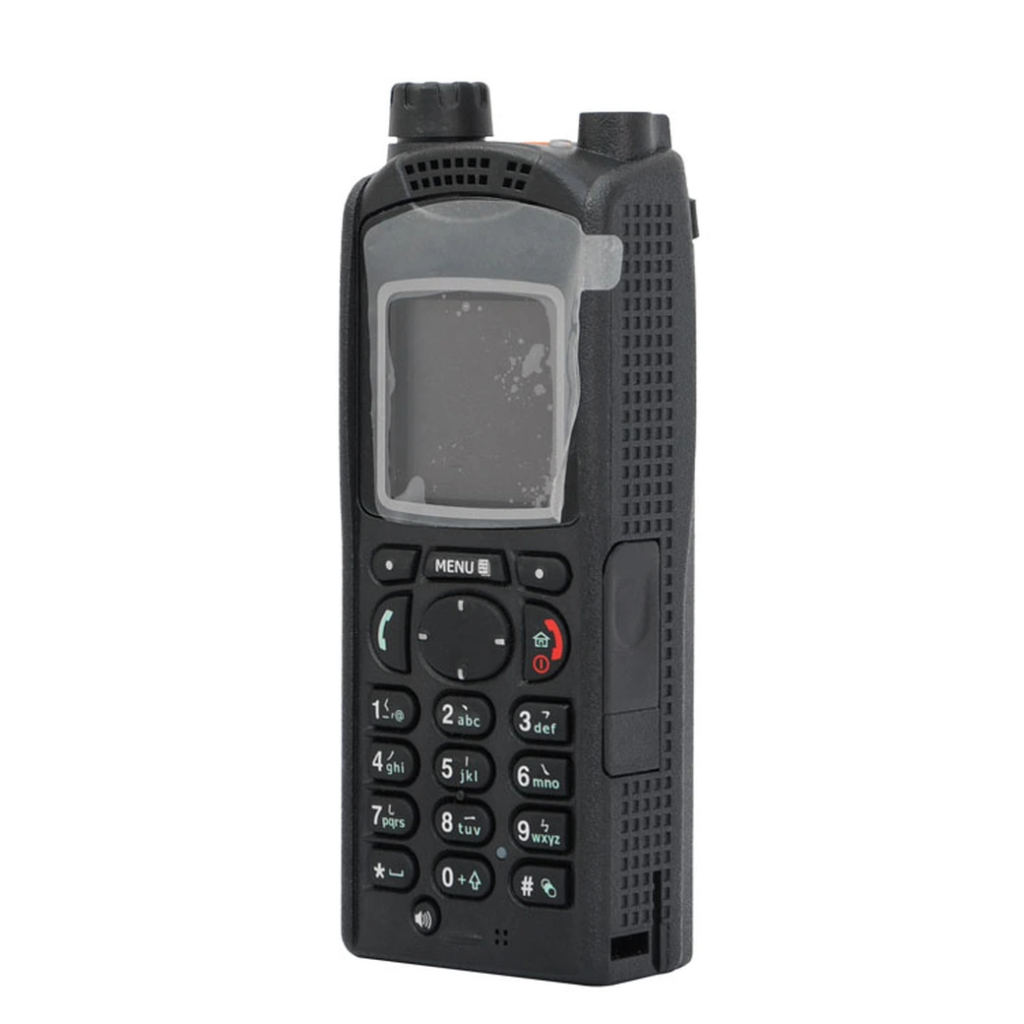
TETRA (Territorial Trunked Radio) and P25 (Project 25) are two different digital cluster communication standards, both aimed at providing efficient and reliable critical communication services, but they have some differences in design, application, and technical implementation.
TETRA
1. Development background and application
TETRA is an open wireless digital cluster standard developed by the European Telecommunications Standards Institute (ETSI).
Mainly used in fields such as public safety, emergency services, transportation, military, and large enterprises.
2. Technical characteristics
TETRA adopts Time Division Multiple Access (TDMA) technology, providing two pairs of time division channels that can simultaneously conduct four sets of calls.
Supports concurrent transmission of data and voice, with high spectrum utilization.
Provide high-level encryption and security, suitable for users who require confidential communication.
3. Network structure
TETRA supports large-scale networking, theoretically with no restrictions on the number of users and coverage range.
Supports Direct Off Network (DMO), allowing for direct communication between terminals even in the absence of network signals.

P25
1. Development background and application
P25 is a project promoted by the Association of Public Safety Communications Officials (APCO) in the United States, aimed at providing digital communication solutions for the field of public safety.
Mainly used in public safety institutions such as police, firefighting, and first aid.
2. Technical characteristics
P25 adopts Time Division Multiple Access (TDMA) and Frequency Division Multiple Access (FDMA) technologies, supporting single slot and dual slot operation modes.
Support multiple data services, including text messages, location services, and airport data communication.
Emphasize system interoperability and multi vendor environments, allowing devices from different vendors to work on the same network.
3. Network structure
P25 has designed a standardized interface that enables devices and systems from different manufacturers to be interconnected.
Supports multiple call types and scheduling functions, suitable for complex command and scheduling needs.
Summary
TETRA and P25 are both digital cluster communication standards designed to meet critical communication needs, but they differ in technical implementation, application areas, and network structures.
TETRA focuses more on providing high security and large-scale networking capabilities, while P25 emphasizes interoperability and flexibility in multi vendor environments.
Both have been widely applied globally, but TETRA is more popular in Europe, while P25 dominates in North America such as the United States and Canada.
